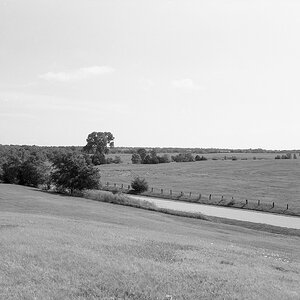TCampbell
Been spending a lot of time on here!
- Joined
- Mar 31, 2012
- Messages
- 3,614
- Reaction score
- 1,556
- Location
- Dearborn, MI
- Can others edit my Photos
- Photos OK to edit
I finally bought an adapter to make my telescope a prime lens. As the telephoto folks will tell you it is not so easy as it sounds.
Still if you are patient and use a long delay time or remote shutter release it does work.
This 3/4 moon was shot at 1/20th and an ISO of 200. I do not know the f number that a 60mm dia. 700 mm telescope lens provides. This is "as shot" and cropped square.
Just one more way to have fun with your camera.
The focal ratio is the focal length divided by the aperture. 700mm focal length ÷ 60mm aperture = f/11.6.
Do you know the scope make & model?
What sort of adapter did you buy? There are simple camera nose-pieces that have no lens (the telescope is the lens) and this is called "prime focus". There is also something called afocal photography in which an adapter is used that has a telescope eyepiece inside it. It "projects" the image onto the camera sensor (this type of adapter is sometimes used for planetary imaging). Because of how it works it is also sometimes called "eyepiece projection".


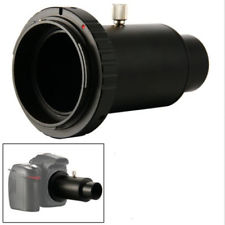
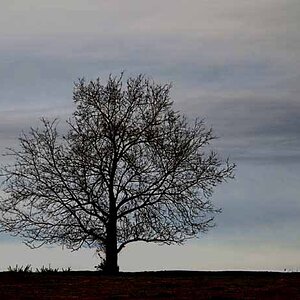
![[No title]](/data/xfmg/thumbnail/37/37111-64f64f2c8371420041bf39244ff12117.jpg?1619737882)
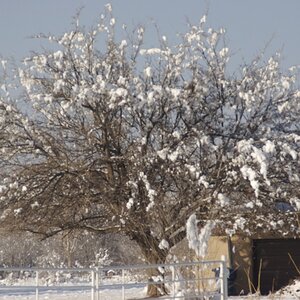
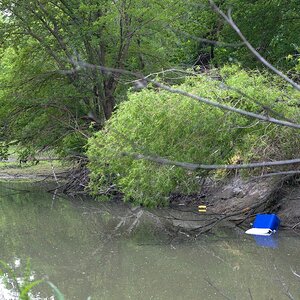
![[No title]](/data/xfmg/thumbnail/30/30861-fee88082ba36d0c3b443492fe3f3f1cd.jpg?1619734481)
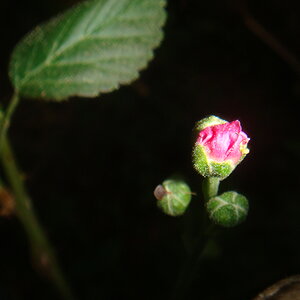
![[No title]](/data/xfmg/thumbnail/37/37109-62e1b65e6f8bd2a349250acd6d653f1e.jpg?1619737882)

![[No title]](/data/xfmg/thumbnail/37/37110-1d5d98524f9f6a8623703161610ef439.jpg?1619737882)
